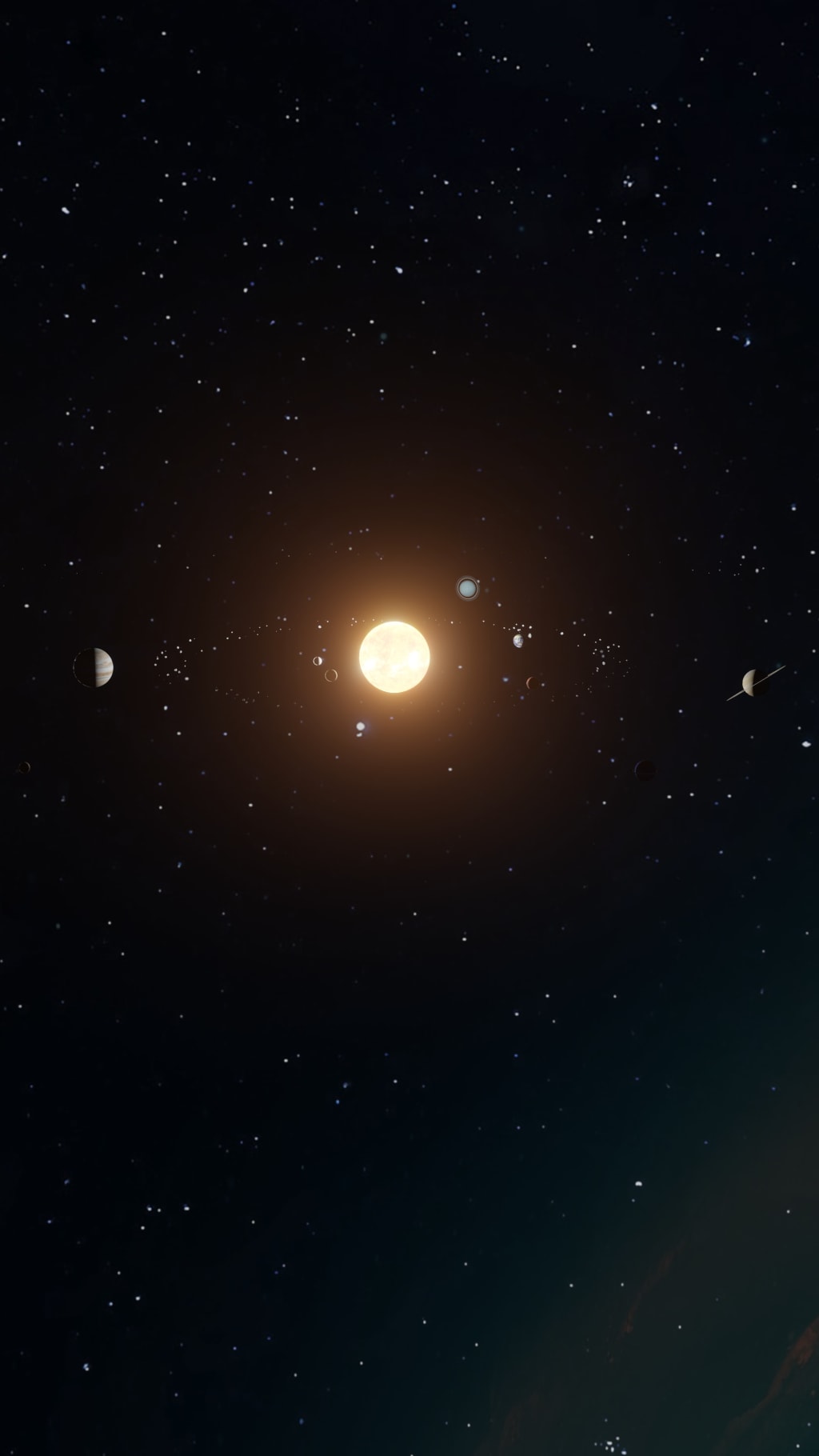
Saturn, the sixth planet from the sun, is known for its spectacular ring system, but it also has a large number of moons. As of 2021, Saturn has 82 known moons, making it the planet with the most moons in our solar system. These moons vary greatly in size, shape, and composition, and they provide valuable insights into the history and evolution of Saturn and its system.
In this article, we will provide a comprehensive overview of the moons of Saturn, highlighting their unique features and scientific significance.
The Largest Moons
Saturn's largest moon is Titan, which is also the second-largest moon in the solar system. Titan is unique in many ways, including its thick atmosphere, which is mostly composed of nitrogen and methane. It also has a weather system with clouds, rain, and even lakes and seas of liquid methane and ethane on its surface. The Cassini-Huygens mission, a joint project of NASA, the European Space Agency, and the Italian Space Agency, provided extensive data and images of Titan during its mission to Saturn, from 2004 to 2017.
Another significant moon of Saturn is Rhea, the second-largest moon of the planet. Rhea has a heavily cratered surface and a thin atmosphere. It is believed to have a rocky core and an icy mantle, and its surface features suggest that it has undergone some form of geologic activity in the past.
The Smaller Moons
Most of Saturn's moons are relatively small, with diameters ranging from a few kilometers to a few hundred kilometers. Some of the smaller moons have irregular shapes and are likely captured asteroids or comets.
One of the most interesting small moons of Saturn is Enceladus, which is only about 500 kilometers in diameter. Despite its small size, Enceladus is one of the most geologically active moons in the solar system. It has a very smooth, reflective surface, and its south pole has a series of geysers that spew water vapor, dust, and ice particles into space. This discovery has led to the hypothesis that there may be a subsurface ocean of liquid water on Enceladus, which could provide a habitat for life.
Another small but intriguing moon of Saturn is Hyperion, which has a very irregular shape and a heavily cratered surface. It also has a peculiar tumbling motion, where it rotates chaotically rather than stably on its axis.
The Inner Moons
Saturn has a group of small moons that orbit close to the planet, within its rings. These moons are known as the "inner moons" and are thought to have been formed from the breakup of a larger moon or from the rings themselves.
One of the inner moons is Pan, which has a unique shape resembling a flying saucer. It orbits within the Encke Gap in Saturn's A ring and is thought to be responsible for maintaining the gap's shape.
Another interesting inner moon is Daphnis, which orbits within the Keeler Gap in Saturn's A ring. Daphnis is only a few kilometers in size but has a visible impact on the surrounding ring material, creating waves and disturbances as it passes by.
The Irregular Moons
Saturn has a group of moons that orbit the planet in retrograde, or opposite to the planet's rotation. These moons are known as the "irregular moons" and are believed to have been captured asteroids or comets.
One of the most interesting irregular moons is Phoebe, which is about 220 kilometers in diameter and has a heavily cratered surface. Phoebe is thought to be a captured object from the outer solar system, and its composition suggests that it is rich in organic molecules and may have originated from the Kuiper Belt.
Conclusion
The moons of Saturn are a fascinating area of study in astronomy and planetary science. Saturn has at least 82 known moons, each with unique features and characteristics. The largest moon, Titan, is the only known moon in the solar system with a thick atmosphere, and it is thought to have a subsurface ocean of liquid water.
Other notable Saturnian moons include Enceladus, which has geysers of water ice erupting from its south pole and is also believed to have a subsurface ocean, and Iapetus, which has a distinct two-toned coloration and a massive equatorial ridge.
The study of Saturn's moons can provide insights into the formation and evolution of the Saturnian system, as well as the broader processes that govern the formation and evolution of planetary systems in the universe. With ongoing research and exploration, we can continue to learn more about these fascinating moons and the mysteries they hold.
About the Creator
Hanaff Jr
Just Writer...






Comments
There are no comments for this story
Be the first to respond and start the conversation.